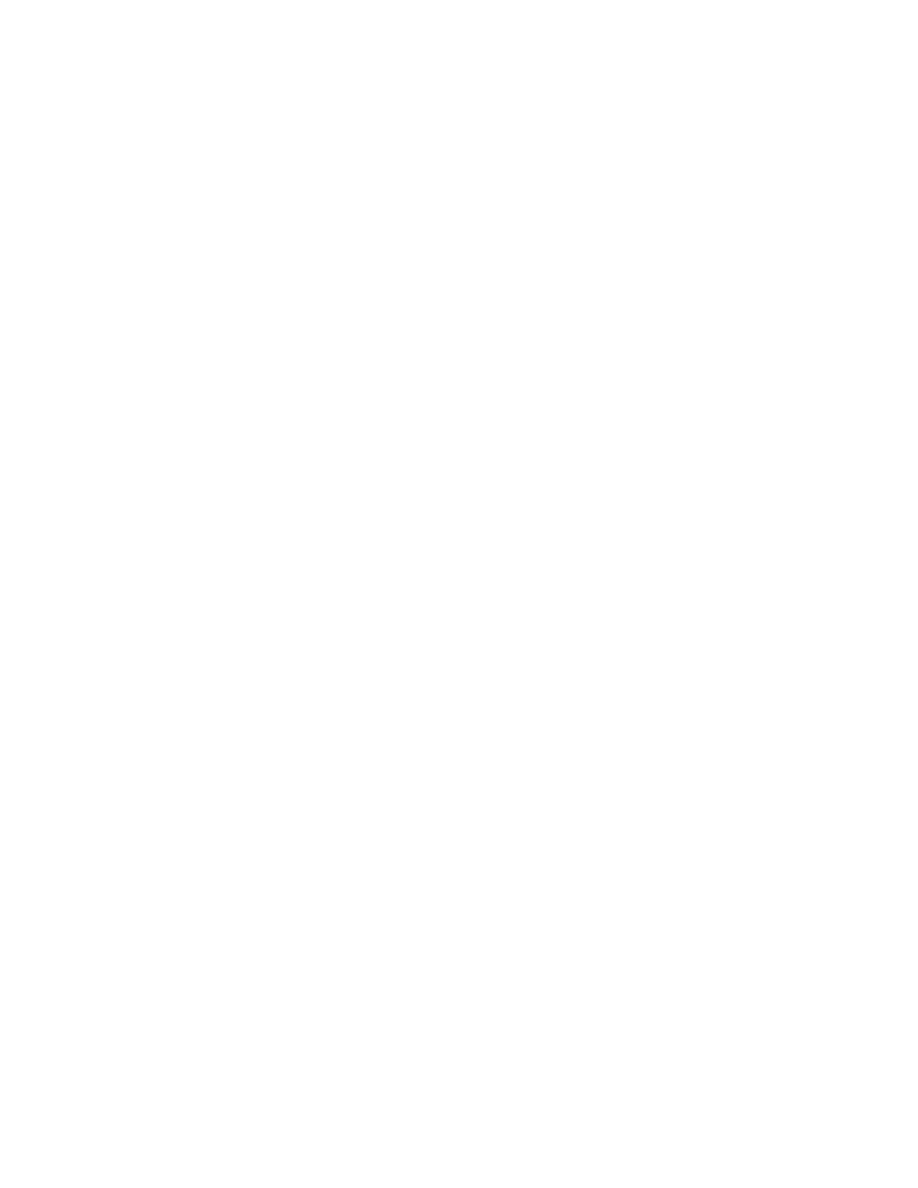Commander 4WD V8-4.7L VIN N (2006)

Brake Hose/Line: Testing and Inspection
BRAKE LINES
DIAGNOSIS AND TESTING
Flexible rubber hose is used at both front and rear brakes and at the rear axle junction block. Inspect the hoses whenever the brake system is serviced,
at every engine oil change, or whenever the vehicle is in for service.
Inspect the hoses for surface cracking, scuffing, or worn spots. Replace any brake hose immediately if the fabric casing of the hose is exposed due to
cracks or abrasions.
Also check brake hose installation. Faulty installation can result in kinked, twisted hoses, or contact with the wheels and tires or other chassis
components. All of these conditions can lead to scuffing, cracking and eventual failure.
The steel brake lines should be inspected periodically for evidence of corrosion, twists, kinks, leaks, or other damage. Heavily corroded lines will
eventually rust through causing leaks. In any case, corroded or damaged brake lines should be replaced.
Factory replacement brake lines and hoses are recommended to ensure quality, correct length and superior fatigue life. Care should be taken to make
sure that brake line and hose mating surfaces are clean and free from nicks and burrs. Also remember that right and left brake hoses are not
interchangeable.
Use new copper gaskets at all caliper connections. Be sure brake line connections are properly made (not cross threaded) and tightened to
recommended torque.
